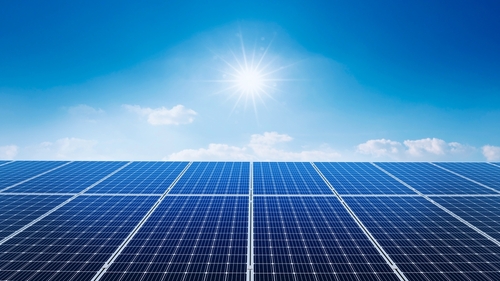
It’s odd to hear a technical concept like grid inertia become partisan fodder. But that’s happening now as the Trump administration and others fault renewable energy for the widespread power outage that crippled Spain and Portugal last week.
Spain gets more than half of its electricity from wind, solar and hydroelectric power.
Green energy critics blame renewable energy’s inability to maintain inertia, which helps grids resist sudden changes in frequency when supply imbalances occur. The kinetic energy in spinning generators—produced by fossil fuel and nuclear power plants—can provide inertia.
But not everyone buys the theory that renewables are responsible for the outage.
“A large number of discussions pointed fingers at high penetration of renewable energy, which is not true. From the data that was made available, Spain lost around half of its electricity demand due to a last-resort type of control action known as ‘load shedding’ to avoid complete blackout,” said Temple University’s Liang Du, an associate professor of electrical and computer engineering
Amory Lovins, cofounder and chairman emeritus of RMI, was more blunt about the renewables argument. He said it is “dead wrong.”
“Modern inverter-driven sources (sun, wind, batteries) can contribute synthetic inertia that is fully equivalent to rotational inertia, but is faster, smarter, and more effective. This is well proven around the world, perhaps best known in Australia,” Lovins wrote in the Electricity Brain Trust group. “Interestingly, the GW-scale South Australian grid works fine with >80% (sometimes 100+%, which the grid operator expects to achieve annually in the next few years) solar and wind supply, no hydropower, and no “baseload“ capacity, thanks to big batteries that respond to and suppress grid transients within milliseconds.
Posting in the same group, Mike Hogan, senior advisor Regulatory Assistance Project, said, “Low inertia may have been a contributing factor because of neglect, not because it’s not possible to operate a system with its resource mix reliably.”
He added that blaming the event on low inertia “is like blaming a car accident on that damn curve in the road — it is well known how to navigate that damn curve safely and you were perfectly capable of doing so — you just chose not to.”
